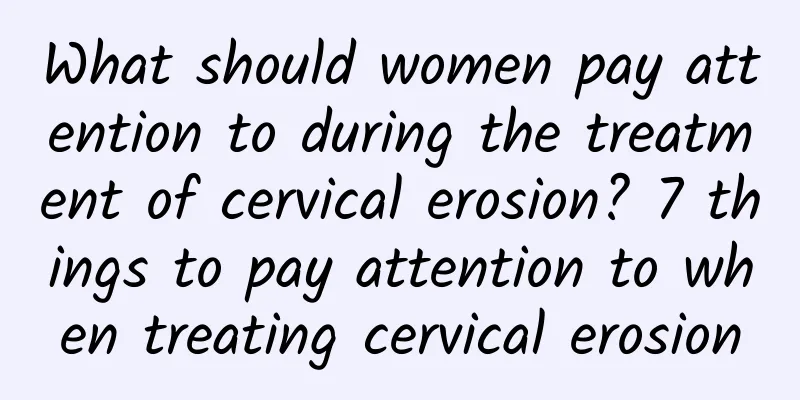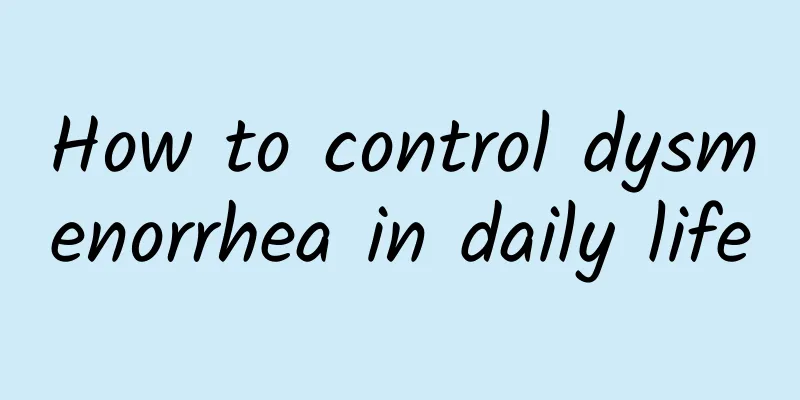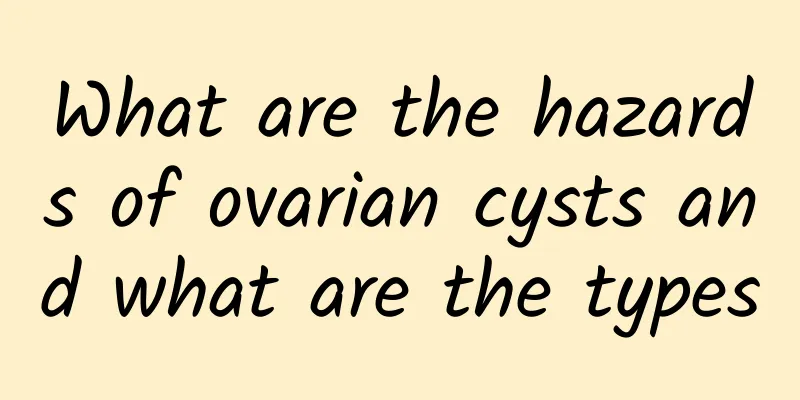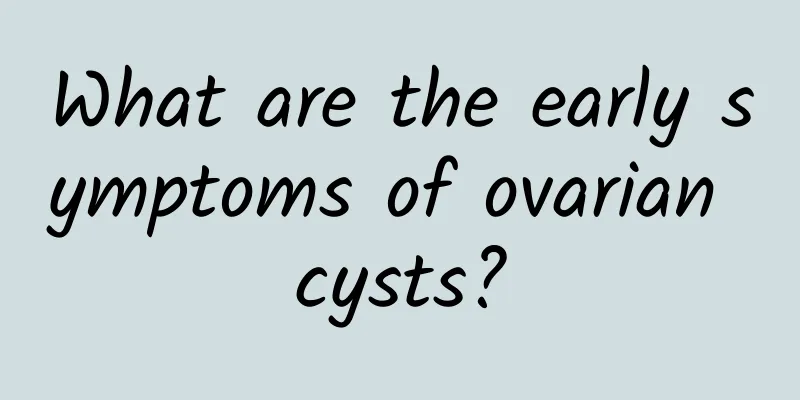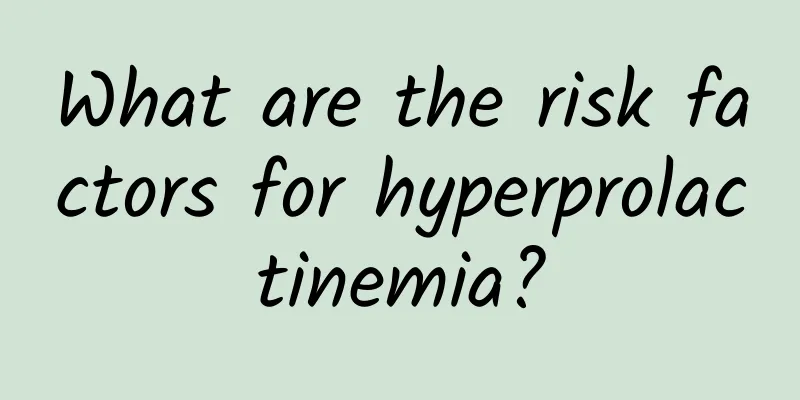What are the characteristics of uterine fibroids?
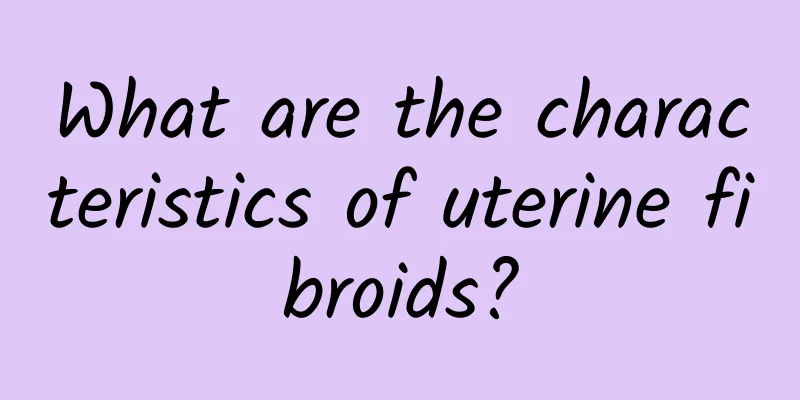
|
What are the characteristics of uterine fibroids? The incidence of uterine fibroids is very high. In recent years, with the abuse of hormones, the incidence of uterine fibroids has been increasing. Uterine fibroids not only have an impact on health, but also cause the risk of infertility in women. So, what are the characteristics of uterine fibroids? 1. Menstrual changes: The most common symptom is shortened menstrual cycle, increased menstrual flow, prolonged menstrual period, irregular vaginal bleeding, etc. 2. Abdominal mass: The abdomen is swollen, and a mass can be felt in the lower abdomen, accompanied by a feeling of falling. 3. Increased leucorrhea: Increased leucorrhea, sometimes with a large amount of purulent and bloody discharge and necrotic tissue discharge with a foul odor. 4. Pain: Generally, patients do not have abdominal pain, but often have lower abdominal distension, back pain, etc. When the subserosal fibroid pedicle of uterine fibroids is twisted, acute abdominal pain may occur. When the fibroid turns red, the abdominal pain is severe and accompanied by fever. 5. Compression symptoms: When the fibroids grow forward or backward, they can compress the bladder, urethra or rectum, causing frequent urination, dysuria, urinary retention or constipation. When the fibroids grow to both sides, they form broad ligament fibroids, which can compress the ureter and cause hydroureteral or renal pelvis; if they compress the pelvic blood vessels and lymphatic vessels, they can cause lower limb edema. 6. Infertility: Fibroids compress the fallopian tubes, causing them to twist, or deform the uterine cavity, thus preventing the fertilized egg from implanting, leading to infertility. 7. Secondary anemia: If the patient has excessive menstruation for a long time, it may lead to secondary anemia, with symptoms such as general fatigue, pale complexion, shortness of breath, and palpitations. 8. Hypoglycemia: Hypoglycemia associated with uterine fibroids is also rare. The main manifestations are low fasting blood sugar, loss of consciousness and even shock. The symptoms can completely disappear after glucose injection. The symptoms of hypoglycemia also completely disappear after tumor resection. The formation of uterine fibroids is related to long-term and large amounts of estrogen stimulation, and animal experiments have shown that high-fat foods promote the production and release of certain hormones, so the incidence of uterine fibroids in obese women is significantly increased. Therefore, cultivating good eating habits can have a certain inhibitory effect on uterine fibroids. |
<<: Why do uterine fibroids recur?
>>: How to prevent the recurrence of uterine fibroids
Recommend
Several effective dietary treatments for irregular menstruation
Diet therapy is a very effective method for treat...
What time before bedtime should you eat dinner to help lose weight? 5 essential diets for weight loss that will make you thinner the more you eat
Diet not only affects weight loss, but is also cl...
Expert introduction: What are the classifications of vaginitis?
There are several main classifications of vaginit...
What to do if your breast hurts before your period
Breast pain is a common symptom of pain in women,...
Common clinical manifestations of acute adnexitis
Adnexitis is one of the most common diseases in w...
What are the main measures to prevent dysmenorrhea?
Dysmenorrhea is a common disease in life, and mos...
How to treat uterine fibroids? How to prevent uterine fibroids
Q: How are uterine fibroids treated? Expert answe...
New Taipei City's tofu samples found 2 violations among 30
On the 11th, the New Taipei City Government Healt...
Dr. Water Lv Fengzhou: Electrolyzed water can protect the liver and benefit the kidneys
Drinking more water helps the body's metaboli...
What are the clinical manifestations of cervicitis?
Cervicitis is a common gynecological disease, and...
What are the symptoms of vaginitis
What are the symptoms of vaginitis? Vaginitis is ...
Common home care for patients with cervical precancerous lesions
Nowadays, cervical precancerous lesions are incre...
What are the causes of infertility after miscarriage? See what the experts say
If you are not careful after the abortion and dev...
How to effectively treat female cervical erosion? It is recommended to treat female cervical erosion in this way
Cervical erosion is actually a common gynecologic...
Expert introduction: How long does it take for menstruation to come after abortion?
What are the symptoms after an abortion? How long...


